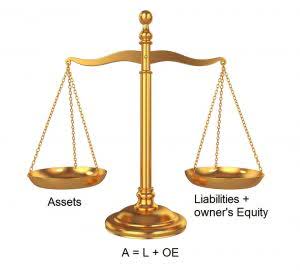Scale Factors: Definition, Formula & Examples

Divide the ground distance by the map distance to find the scale factor. If the scale factor is 0, it means that there is no change in size or shape. The scaled object will be identical to the original object. To identify scale factors in a figure, compare the corresponding side lengths of the original figure and the figure in question. The ratio of the lengths will give you the scale factor. When a scale factor is a fraction the shape decreases in size, but we still call this an enlargement.

Scale Factor Definition, Formula, Meaning, Types, and Examples
- A rectangle has a length of 12 inches and a width of 8 inches.
- Scale Factor is used to scale shapes in different dimensions.
- In this example, we can see that the new image of ▵S’U’V’ is the result of shrinking ▵SUV (since ▵S’U’V’ is smaller than ▵SUV).
- A scale factor in math is the ratio between corresponding measurements of an object and a representation of that object.
- This applies to different shapes such as cylinders, squares, and cones.
Let’s work out the original dimensions of the purple rectangle A. This rectangle has a width of 4 squares and a length of 8 squares. If you wanted to make the rectangle twice the size, you would multiply the width by 2 and the length by 2. Enlarging by a scale factor of 2 means that each side of the shape has been multiplied by 2. A proportion is a statement of equality between two ratios, which is used to establish a relationship between the corresponding sides of similar figures.
Scale Factor Symbol
- When a scale factor, k, is greater than one, the resulting image is larger than the original image.
- If we have a shape and a scale factor, we can enlarge a shape to produce a transformation of the original shape.
- Let’s look at one more example and scale both up and down.
- In this section, we will be looking at some examples relating to enlargement transformations.
- Before we learn how to find the scale factor of a dilation, it’s important that we understand what a dilation is in the first place.
- The scale factor is used for all kinds of objects and is written in a ratio form.
In this section, we will look at some further scale factors examples. The original shape has a base of 6 https://www.bookstime.com/ , so the base of the enlarged shape will be 3 . The original shape is a square, so will the enlarged shape. The side of the original square is 1 , so the side of the enlarged square will be 4 .

Scale factor worksheet

Notice that the new image of ▵Q’R’S’ is the result of shrinking the original image of ▵QRS, so our scale factor scalefactor should be less than one. Again, you can choose any point that you like as long as you are consistent. In this case, let’s choose point S on ▵SUV with coordinates at (-8,8). The corresponding point on ▵S’U’V’ is point S’ with coordinates at (-4,4).

Divide the corresponding sides of the enlarged shape by the original shape. Below are two similar right-angled triangles ABC and A’B’C’. The enlargement will be a square with side length 4 . We need to divide the enlarged income summary length by the original length. The smaller cylinder radius of 2cm has a height of h cm.

The first step in doing this is to make sure the centre of enlargement is labelled. As we can see in the above image, this has been marked in as point O. Enlarge this triangle with a scale factor of 3 with the centre of enlargement at the origin. We use the centre of enlargement by looking at a point of the original shape and working out how far it is from the centre of enlargement. If the scale factor is two, we want the transformed shape to be twice as far from the centre of enlargement as the original shape.
